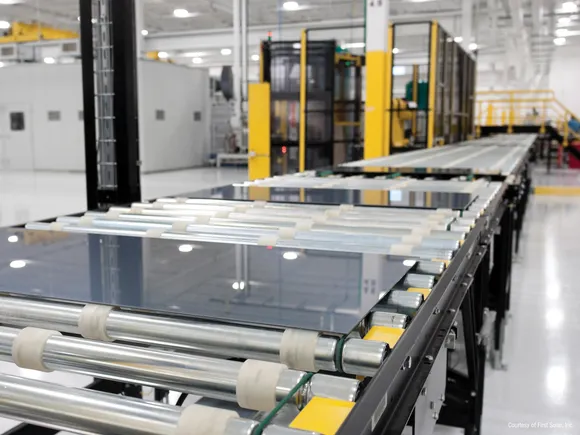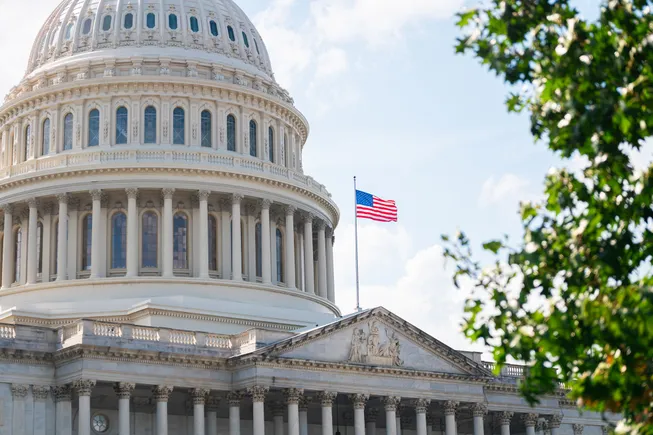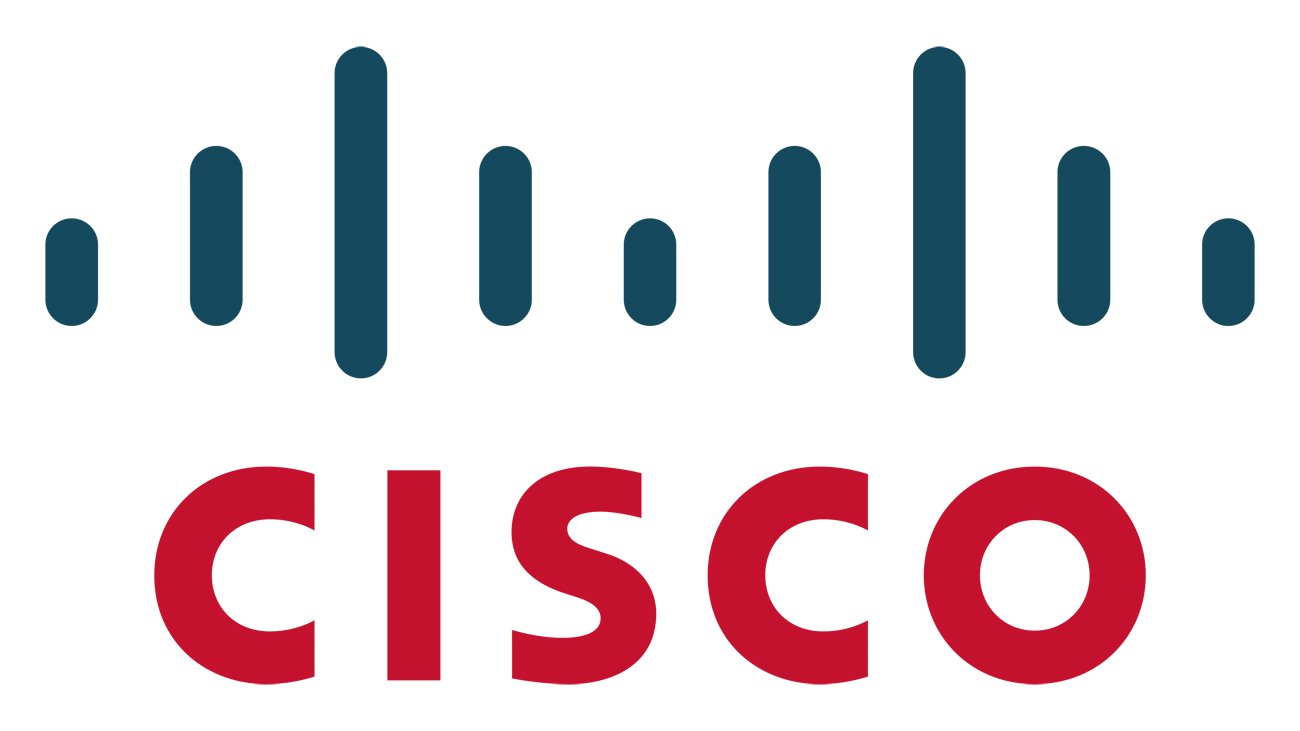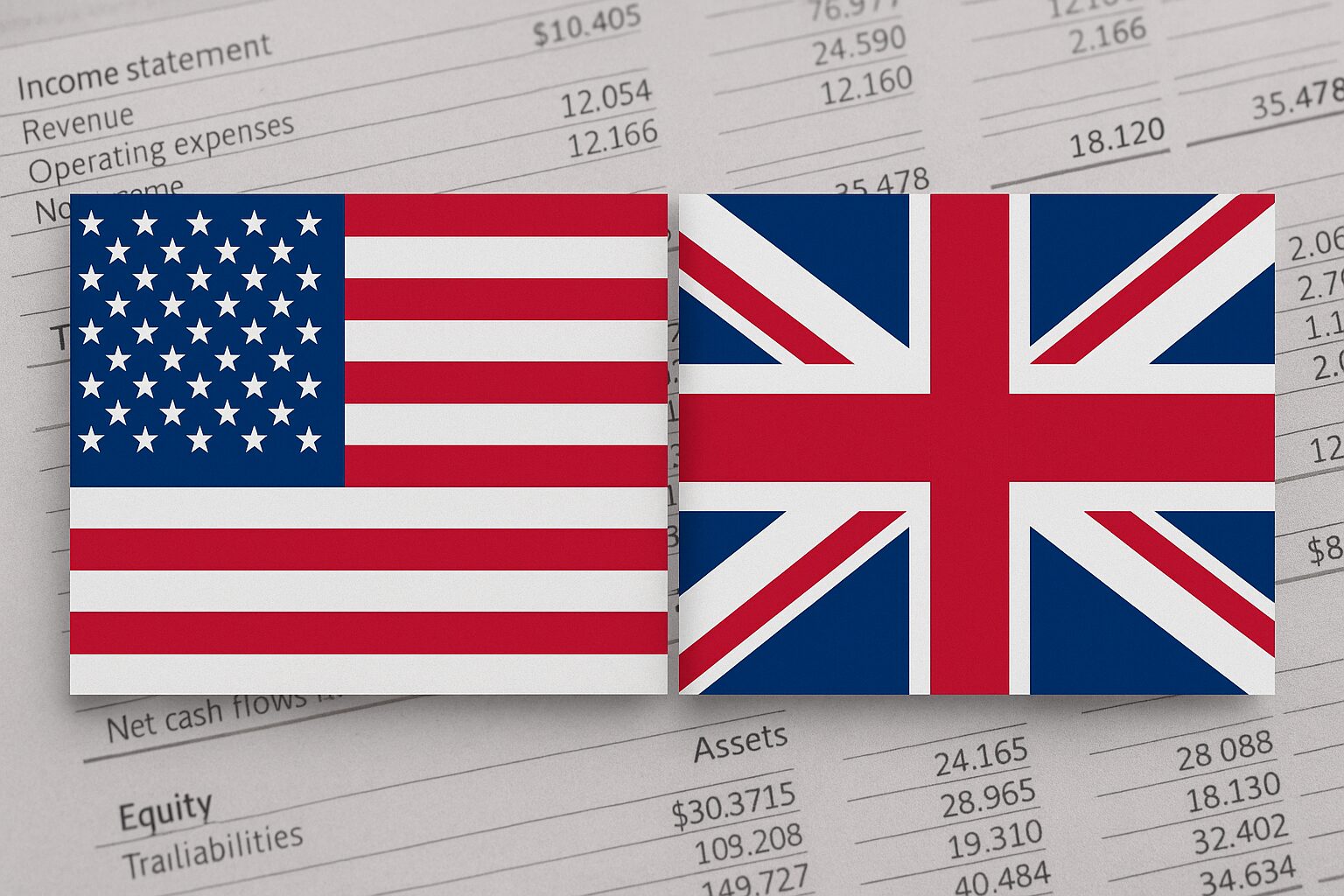Navigating Today’s Tariff Turbulence with Cloud Technology
In today’s volatile trade environment, customs brokers and importers are in uncharted waters. The rapid implementation and modification of tariffs, often announced through social media even before formal policy announcements, have created unprecedented challenges for global supply chains. The New Tariff Landscape A rollercoaster of tariff changes has already marked the first half of 2025. […] The post Navigating Today’s Tariff Turbulence with Cloud Technology appeared first on Logistics Viewpoints.


In today’s volatile trade environment, customs brokers and importers are in uncharted waters. The rapid implementation and modification of tariffs, often announced through social media even before formal policy announcements, have created unprecedented challenges for global supply chains.
The New Tariff Landscape
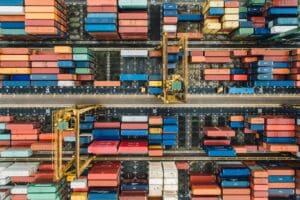 A rollercoaster of tariff changes has already marked the first half of 2025. Since April, we’ve seen universal 10% tariffs on all imports (excluding Canada, Mexico, and China), followed by reciprocal tariffs reaching 145% on Chinese goods. Then came temporary exemptions for electronics like smartphones and laptops, but a new tariff of 25% on all imported passenger vehicles, creating a patchwork of regulations that change almost weekly.
A rollercoaster of tariff changes has already marked the first half of 2025. Since April, we’ve seen universal 10% tariffs on all imports (excluding Canada, Mexico, and China), followed by reciprocal tariffs reaching 145% on Chinese goods. Then came temporary exemptions for electronics like smartphones and laptops, but a new tariff of 25% on all imported passenger vehicles, creating a patchwork of regulations that change almost weekly.
What makes today’s environment particularly challenging is not just the scale of these tariffs but the speed and unpredictability of their implementation. We’ve entered an era where social media posts can transform into trade policy overnight, leaving importers and customs brokers scrambling to comply with regulations announced with minimal lead time.
The Ripple Effects on Customs Brokerage
For customs brokers, these changes have created multi-layered challenges:
- Increased Complexity: Filing entries has become exponentially more difficult. What was once a straightforward process now requires careful attention to constantly changing rules. A perfect illustration is the recent requirement to split beer imports into two lines – one for aluminum content and another for non-aluminum content – while using the same HTS (Harmonized Tariff Schedule) code for both.
- Compliance Risks: With U.S. Customs and Border Protection’s systems not fully validating duty calculations on complex lines (which now describes virtually all transactions), brokers face heightened audit risks and potential penalties.
- Client Service Demands: Importers need more guidance than ever, creating additional service demands. They’re asking “what if” questions about potential tariff impacts and seeking strategic advice on supply chain reconfiguration.
Despite these challenges, this volatile environment presents significant opportunities for customs brokers who can adapt. Many are expanding their service offerings to include tariff strategy consulting and supply chain reconfiguration guidance, moving beyond traditional entry filing to become true strategic partners.
Technology: The Critical Adaptation Tool
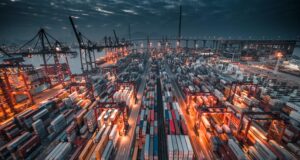 The current tariff volatility has exposed the limitations of legacy systems and manual processes. When tariff changes happen overnight, brokers need technology that can adapt just as quickly.
The current tariff volatility has exposed the limitations of legacy systems and manual processes. When tariff changes happen overnight, brokers need technology that can adapt just as quickly.
Cloud-based solutions offer several distinct advantages in this environment:
- Rapid Updates: Cloud deployment allows software providers to implement regulatory changes globally and instantaneously, ensuring all users are operating with current rules.
- Built-in Intelligence: Advanced platforms incorporate automated validations and guidance features that alert users to new requirements during the filing process.
- AI-Powered Efficiency: As operating efficiency declines due to increased complexity, AI capabilities like Intelligent Document Processing (IDP) become critical. These tools can extract data from commercial documents and automatically populate entry forms, reducing processing time by approximately 65%.
- Simplified Compliance: Robust validation engines can check for common errors before submission, reducing rejections and penalties.
The most valuable platforms combine technological capabilities with trade expertise. When evaluating solutions, brokers should prioritize providers who employ subject matter experts capable of interpreting complex regulatory language and translating it into functional software updates.
Preparing for an Uncertain Future
Unfortunately, the current tariff turbulence shows no signs of abating. Beyond the headline-grabbing tariff changes, other complex regulatory requirements loom on the horizon. For example, upcoming rules for Russian sanctions will require detailed documentation of seafood origins, including vessel names, flags and call signs.
To navigate this environment successfully, customs brokers should:
- Stay informed: Join industry associations, participate in CBP (Customs and Border Protection) biweekly meetings, and maintain relationships with customs attorneys.
- Invest in adaptable technology: Choose solutions designed for change, with robust update mechanisms and intuitive interfaces.
- Develop new service models: Consider transitioning from per-entry pricing to retainer or hourly pricing models that better reflect the consultative value brokers now provide.
- Leverage provider expertise: Select technology partners with deep trade expertise who can interpret regulations and implement changes rapidly.
The Path Forward
While today’s tariff environment presents significant challenges, it also creates opportunities for those equipped to adapt. The customs brokers who will thrive in this new landscape will combine regulatory expertise with technological agility.
Cloud-based solutions provide the foundation for this adaptation, offering the speed, intelligence and efficiency needed to navigate rapid regulatory changes. By partnering with technology providers who understand both the technical and regulatory aspects of global trade, brokers can transform challenges into competitive advantages.
The future of customs brokerage lies not just in processing entries but in providing strategic guidance through an increasingly complex regulatory landscape. With the right technology and expertise, customs brokers can help their clients do more than just comply with changing regulations – they can help them develop supply chain strategies that minimize disruption and maximize opportunity in an uncertain world.

Don Mabry is Senior Vice President of Global Trade Solutions at Infios, with 25+ years of experience in supply chain management software applications. He specializes in helping customers navigate the complexities of international transportation and trade compliance.
The post Navigating Today’s Tariff Turbulence with Cloud Technology appeared first on Logistics Viewpoints.




























































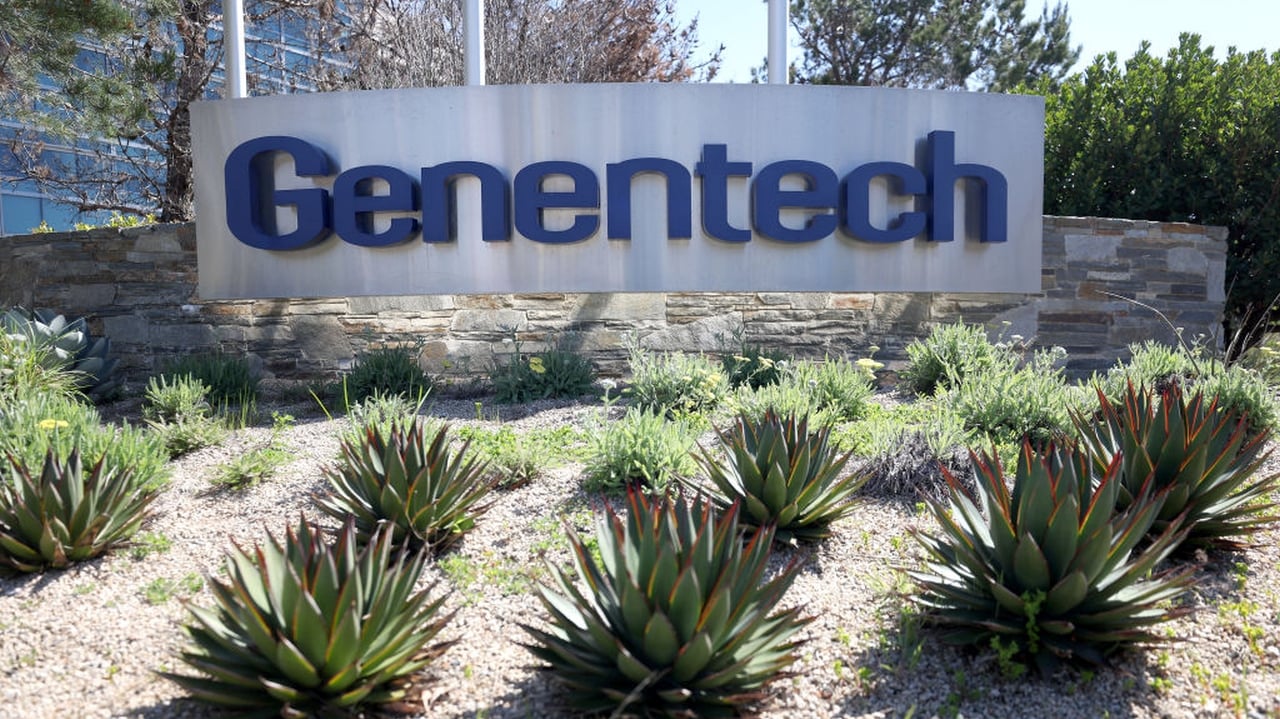


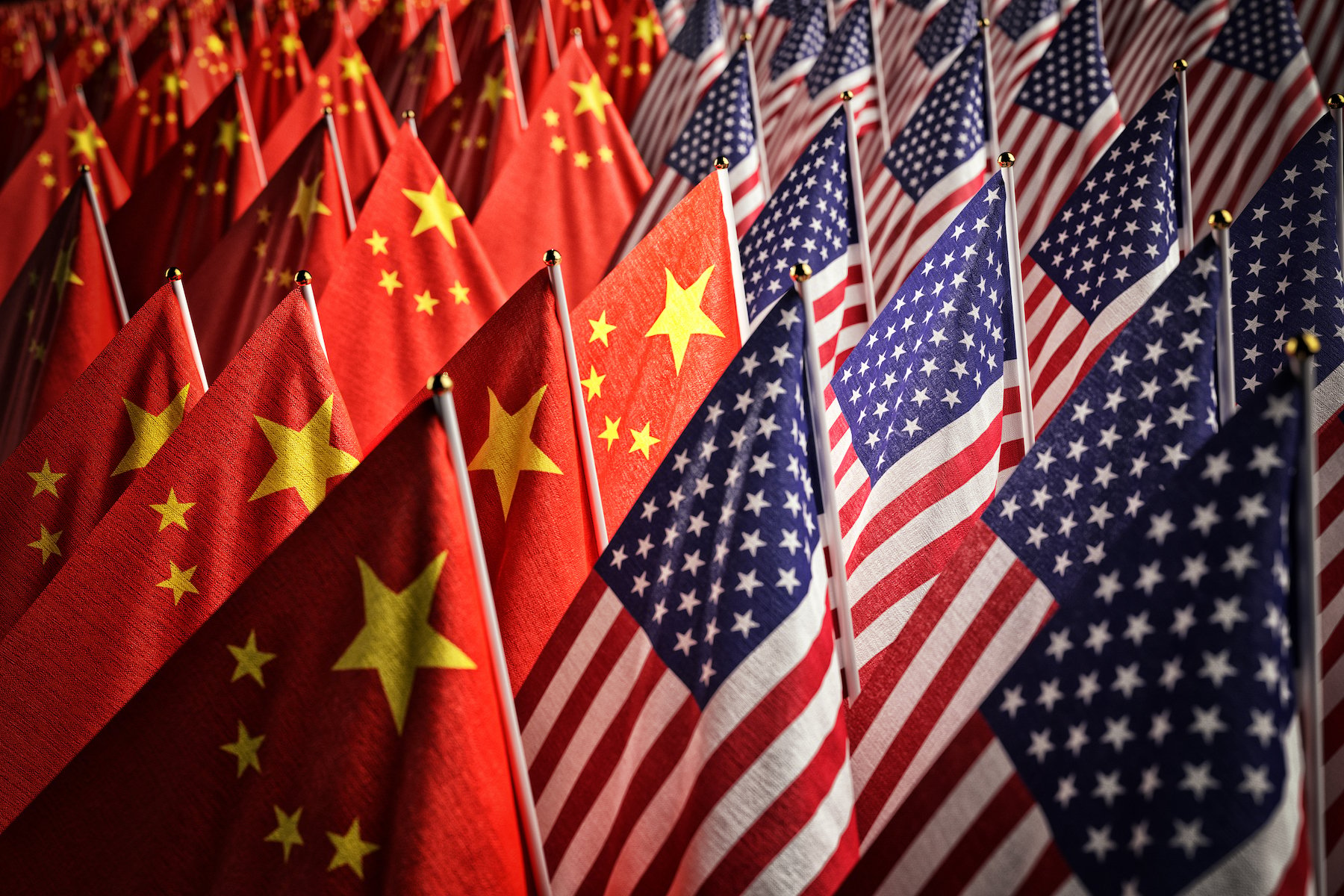
























![The F-35’s future: The power and cooling competition that could change everything [Video]](https://breakingdefense.com/wp-content/uploads/sites/3/2024/09/240924_F35_moon_USAF-scaled-e1727200160419.jpg?#)


















































